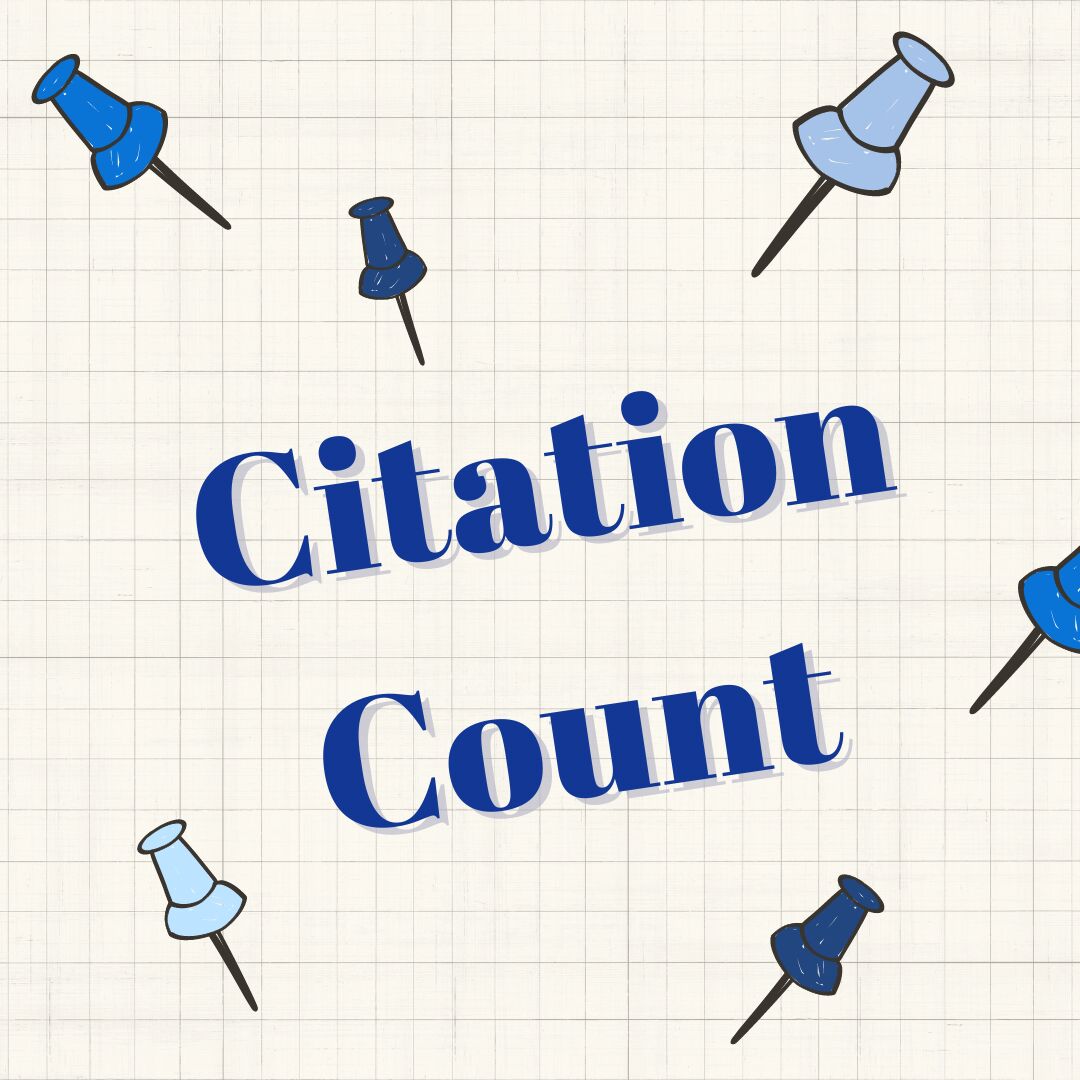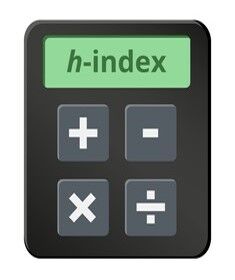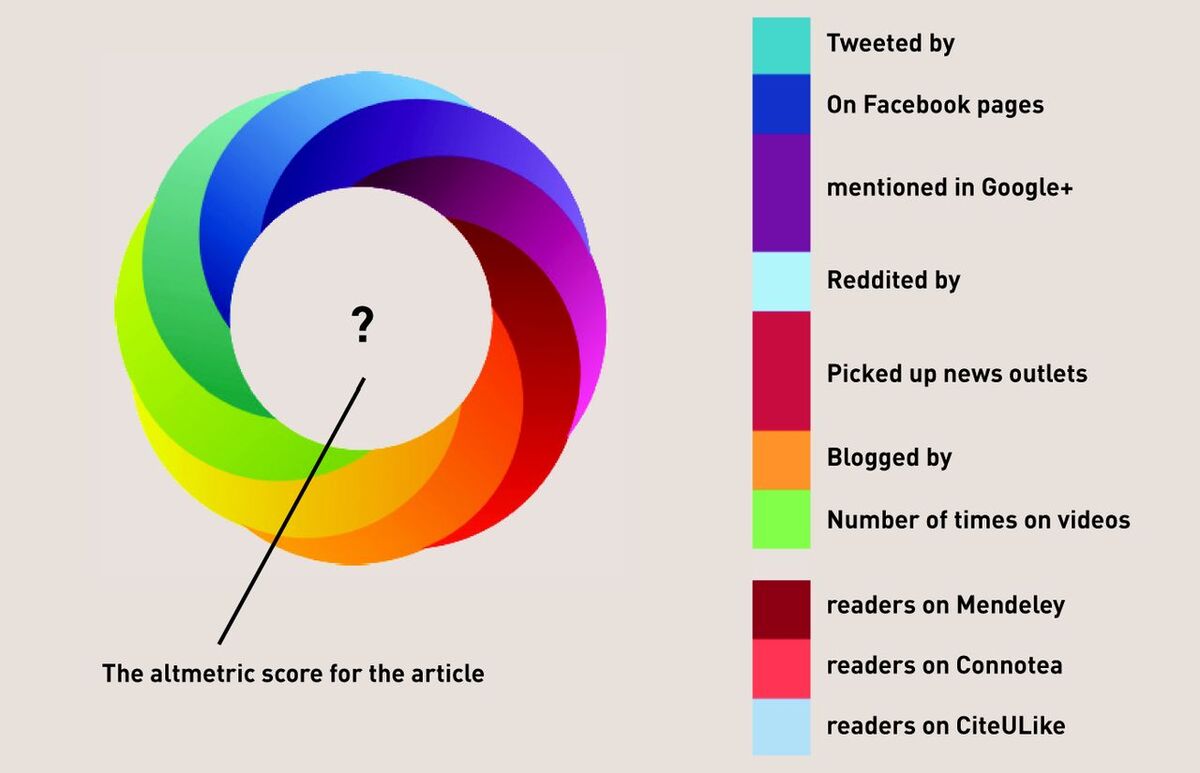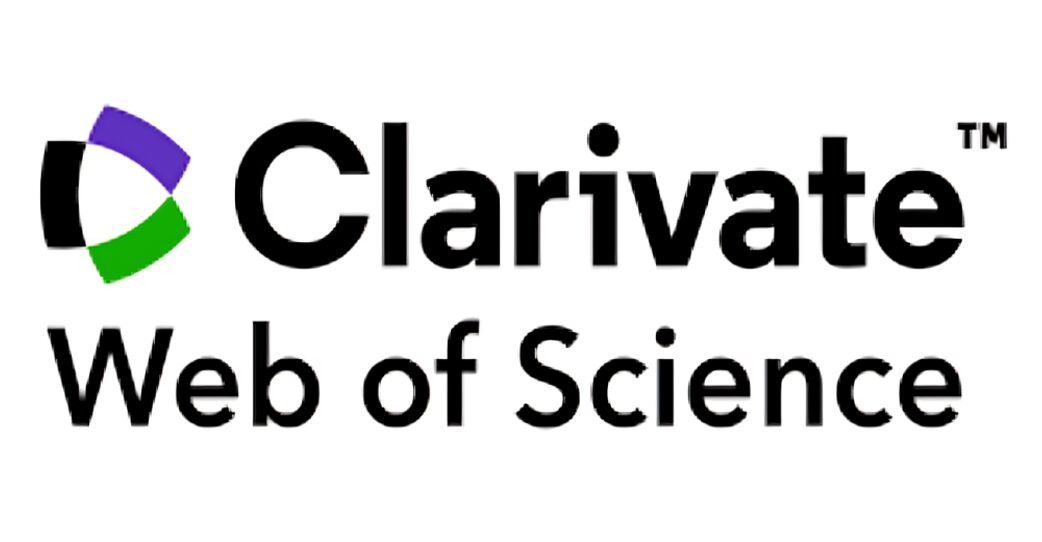Understanding Bibliometrics: Exploring Citation Metrics and Indices


This fundamental metric indicates the number of times an article or other scholarly work has been cited in other publications. A high citation count demonstrates that the work has received widespread recognition and reference from other researchers, implying its importance and contribution to the field.

This metric goes beyond mere citation count by considering the quantity and impact of publications. The H-index of a researcher or institution represents the number of publications that have been cited at least h times. A high H-index signifies a researcher's capability to produce impactful research consistently that receives widespread recognition.

This journal-level metric assesses the average number of citations received by articles published in a specific journal over two years. A high impact factor indicates that the journal publishes articles of exceptional quality that are frequently cited by other researchers, making it a prestigious platform for the dissemination of impactful research.

This emerging category of metrics captures the online engagement and reach of research outputs beyond traditional citations. Altmetrics encompass social media mentions, blog posts, news articles, and other online platforms where research is discussed and shared. Analyzing altmetrics provides insights into the broader impact of research beyond academia, reaching diverse audiences and influencing public discourse.

This comprehensive database indexes a vast collection of scholarly literature, including journals, conference proceedings, and books. Web of Science provides powerful tools for citation analysis, enabling researchers to track citation patterns, identify influential works, and analyze research trends across various disciplines.

This extensive database covers a broad variety of scholarly publications, including peer-reviewed journals, trade publications, and conference proceedings. Scopus offers advanced search and analysis features, allowing researchers to explore citation networks, identify emerging research areas, and track the impact of their publications.

This freely accessible search engine indexes a vast corpus of scholarly literature, including journal articles, books, conference papers, and technical reports. Google Scholar provides citation metrics for individual articles and researchers, enabling researchers to assess their impact and track their publications' reach.


Citation metrics and indices are valuable tools for assessing the impact and influence of individual researchers, institutions, and research fields. By analyzing citation patterns, researchers and institutions can gain insights into the reach and significance of their work and identify areas of strength and potential areas for improvement.

Bibliometrics enables the discovery of highly cited researchers and influential research areas, shaping research priorities and funding decisions. By analyzing citation networks, researchers and policymakers can identify key players in various fields and allocate resources to support promising research areas with high potential for impact.

Bibliometrics provides insights into emerging research trends, collaboration networks, and the evolution of research topics over time. By analyzing citation patterns and co-authorship networks, researchers can identify emerging research areas, track the development of new research collaborations, and gain a deeper understanding of the dynamics of scholarly communication.

Policymakers can utilize bibliometric data to allocate research funding, evaluate the effectiveness of research programs, and shape science and technology policy. By analyzing citation patterns and identifying areas of research excellence, policymakers can make informed decisions about where to invest resources and support research that aligns with national priorities and societal needs.
The Power of Citations
Elevate Your Research Impact
In the competitive world of academia, a high citation count is crucial for establishing your credibility and demonstrating the impact of your research. High citations indicate that your work is widely recognized and valued by your peers, enhancing your reputation and attracting potential collaborators and funding opportunities.
SITA Academy's citation booster service is designed to help you achieve your research goals by strategically increasing your citation count.
If you have any questions, inquiries, or would like to learn more about our services, please don't hesitate to reach out to us. Our dedicated team is ready to assist you.